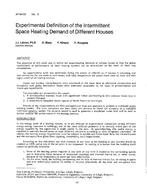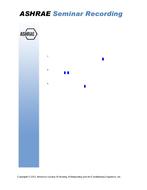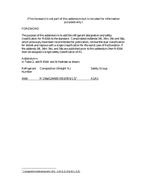Click here to purchase
Most remote and Arctic communities in Canada have the highest carbon intensity of electricity and heating of the country. There is increased interest from many individuals and organizations to successfully integrate renewable energy systems, but many policy and technical barriers persist. This paper focuses on presenting the current state of the technical and logistical challenges affecting the successful installation and operation of renewable energy projects in the three territories in Canada, the northernmost regions. Successfully growing the installed capacity of renewable energy in these regions will lead to substantial decarbonization of the energy supply, while also improving resiliency. This paper summarizes some key contemporary solar and wind energy installation projects in Arctic and remote communities in Canada. Additionally, it documents some of the key technical challenges of installing and maintaining solar photovoltaic and wind turbine systems in these cold climate locations based on prior projects, a review of the relevant literature, and the firsthand experiences of multiple project teams. The logistical challenges of procuring, delivering, installing, operating, and maintaining solar and wind systems in remote and Arctic communities are significantly heightened compared to more accessible, populated, and connected locations. The special logistical considerations for renewables installations in remote communities are presented based on direct project experience. Keywords: renewable energy; remote communities; Arctic; decarbonization; resiliency
Product Details
- Published:
- 2023
- Number of Pages:
- 15
- Units of Measure:
- Dual
- File Size:
- 1 file , 4.7 MB
- Product Code(s):
- D-CCC23-04
- Note:
- This product is unavailable in Russia, Belarus


